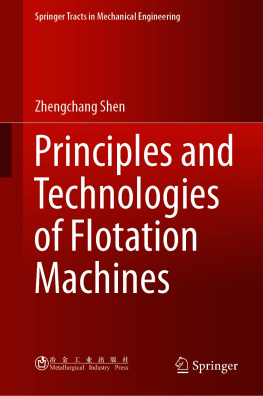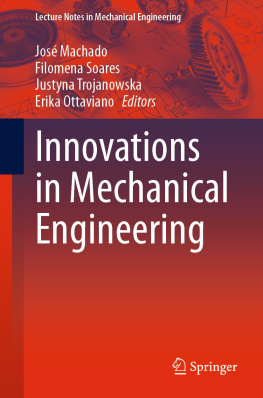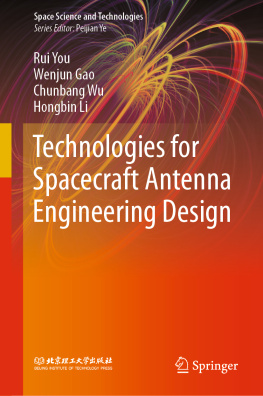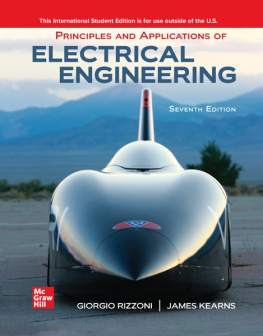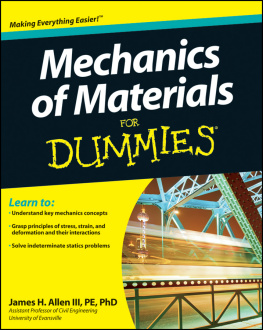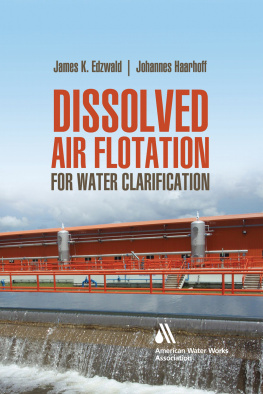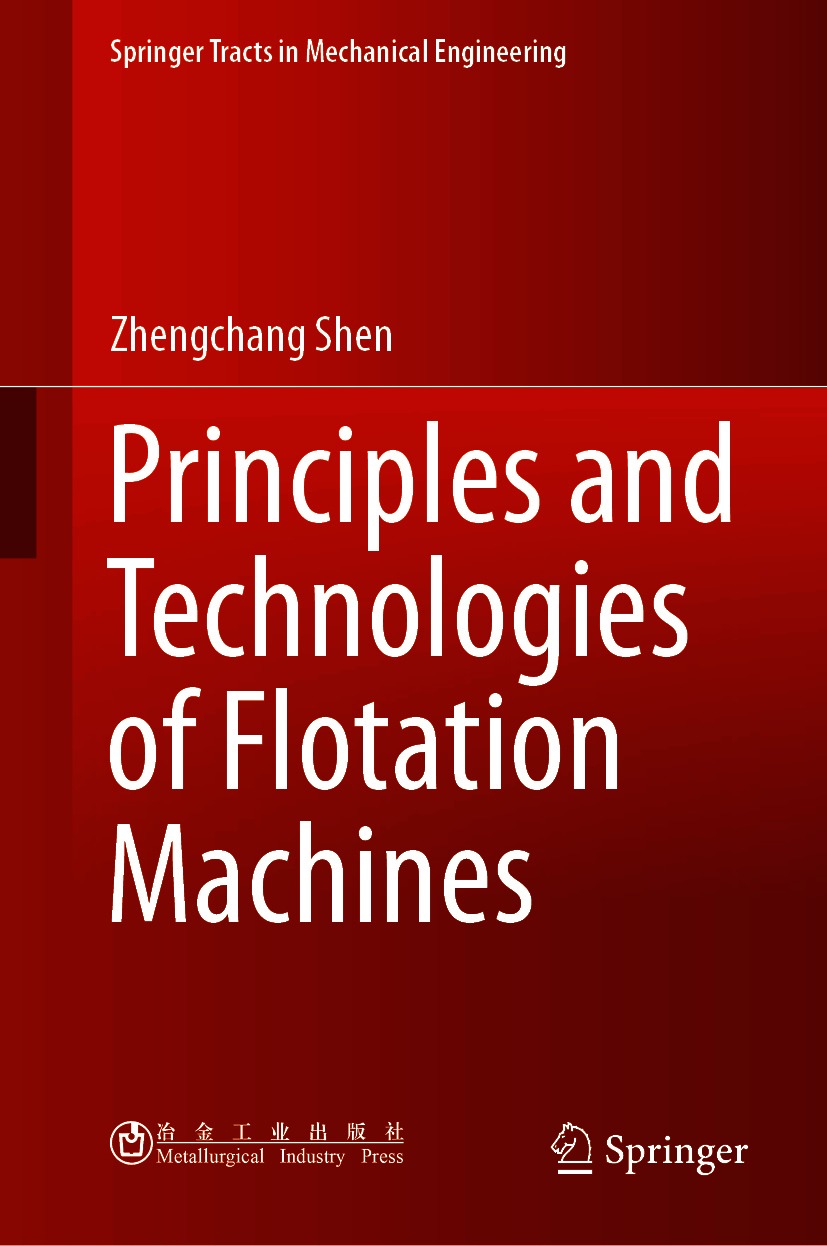Springer Tracts in Mechanical Engineering
Series Editors
Seung-Bok Choi
College of Engineering, Inha University, Incheon, Korea (Republic of)
Haibin Duan
Beijing University of Aeronautics and Astronautics, Beijing, China
Yili Fu
Harbin Institute of Technology, Harbin, China
Carlos Guardiola
CMT-Motores Termicos, Polytechnic University of Valencia, Valencia, Spain
Jian-Qiao Sun
University of California, Merced, CA, USA
Young W. Kwon
Naval Postgraduate School, Monterey, CA, USA
Francisco Cavas-Martnez
Departamento de Estructuras, Universidad Politcnica de Cartagena, Cartagena, Murcia, Spain
Fakher Chaari
National School of Engineers of Sfax, Sfax, Tunisia
Springer Tracts in Mechanical Engineering (STME) publishes the latest developments in Mechanical Engineering - quickly, informally and with high quality. The intent is to cover all the main branches of mechanical engineering, both theoretical and applied, including:
Engineering Design
Machinery and Machine Elements
Mechanical Structures and Stress Analysis
Automotive Engineering
Engine Technology
Aerospace Technology and Astronautics
Nanotechnology and Microengineering
Control, Robotics, Mechatronics
MEMS
Theoretical and Applied Mechanics
Dynamical Systems, Control
Fluids Mechanics
Engineering Thermodynamics, Heat and Mass Transfer
Manufacturing
Precision Engineering, Instrumentation, Measurement
Materials Engineering
Tribology and Surface Technology
Within the scope of the series are monographs, professional books or graduate textbooks, edited volumes as well as outstanding PhD theses and books purposely devoted to support education in mechanical engineering at graduate and post-graduate levels.
Indexed by SCOPUS, zbMATH, SCImago.
Please check our Lecture Notes in Mechanical Engineering at http://www.springer.com/series/11236 if you are interested in conference proceedings.Please check our Lecture Notes in Mechanical Engineering at http://www.springer.com/series/11236 if you are interested in conference proceedings.
To submit a proposal or for further inquiries, please contact the Springer Editor in your country:
Dr. Mengchu Huang (China)
Email: mengchu.Huang@springer.com
Priya Vyas (India)
Email: priya.vyas@springer.com
Dr. Leontina Di Cecco (All other countries)
Email: leontina.dicecco@springer.com
All books published in the series are submitted for consideration in Web of Science.
More information about this series at http://www.springer.com/series/11693
Zhengchang Shen
Principles and Technologies of Flotation Machines
1st ed. 2021

Logo of the publisher

Logo of the publisher
Zhengchang Shen
Beijing General Research Institute of Mining and Metallurgy (BGRIMM), Beijing, China
ISSN 2195-9862 e-ISSN 2195-9870
Springer Tracts in Mechanical Engineering
ISBN 978-981-16-0331-0 e-ISBN 978-981-16-0332-7
https://doi.org/10.1007/978-981-16-0332-7
Jointly published with Metallurgical Industry Press
The print edition is not for sale in China (Mainland). Customers from China (Mainland) please order the print book from: Metallurgical Industry Press.
ISBN of the Co-Publisher's edition: 978-7-5024-8763-8
Metallurgical Industry Press 2021
This work is subject to copyright. All rights are reserved by the Publishers, whether the whole or part of the material is concerned, specifically the rights of translation, reprinting, reuse of illustrations, recitation, broadcasting, reproduction on microfilms or in any other physical way, and transmission or information storage and retrieval, electronic adaptation, computer software, or by similar or dissimilar methodology now known or hereafter developed.
The use of general descriptive names, registered names, trademarks, service marks, etc. in this publication does not imply, even in the absence of a specific statement, that such names are exempt from the relevant protective laws and regulations and therefore free for general use.
The publishers, the authors, and the editors are safe to assume that the advice and information in this book are believed to be true and accurate at the date of publication. Neither the publishers nor the authors or the editors give a warranty, express or implied, with respect to the material contained herein or for any errors or omissions that may have been made. The publishers remain neutral with regard to jurisdictional claims in published maps and institutional affiliations.
This Springer imprint is published by the registered company Springer Nature Singapore Pte Ltd.
The registered company address is: 152 Beach Road, #21-01/04 Gateway East, Singapore 189721, Singapore
Preface
The history of mineral processing over the recent one hundred years has shown that the froth flotation is a predominant technology of mineral beneficiation, and nowadays it is widely used for materials separation, valuables recovery and wastes treatment in the industries of mining, petroleum, chemical engineering, etc. Flotation equipment plays vital roles in the practices of flotation processing. The development of flotation equipment made it possible for more and more traditional and nontraditional ores and materials to be treated by flotation process with high efficiency.
Many books on flotation principles and flotation reagents have been published in the past century, however very few of them emphasizes on flotation equipment and the principles behind. The innovation on flotation machines should be brought to the forefront for the further improvement of flotation technology.
The author of this book started the investigation of flotation equipment since the 1980s. This book has summarized the research findings achieved by the author, his research group as well as researchers around the world in the past decades. It starts with the fundamental principles of the physic phenomena such as hydrodynamics of slurry, aeration mechanism, bubble-particle interaction and so on helping readers to understand how a flotation machine works. The principles and approaches of flotation equipment design are then described and discussed in details. An emphasis is put on the scale-up design methods since it has been a trend to design more and more massive flotation machines. The critical structures, key components, typical applications and histories of the equipment from the major suppliers are introduced to provide readers with a whole picture.
This book is suitable for teachers, researchers, R&D engineers, graduate students and professionals in the area of mineral processing and extractive metallurgy who wish to study flotation process knowledge and explore innovative technologies.

